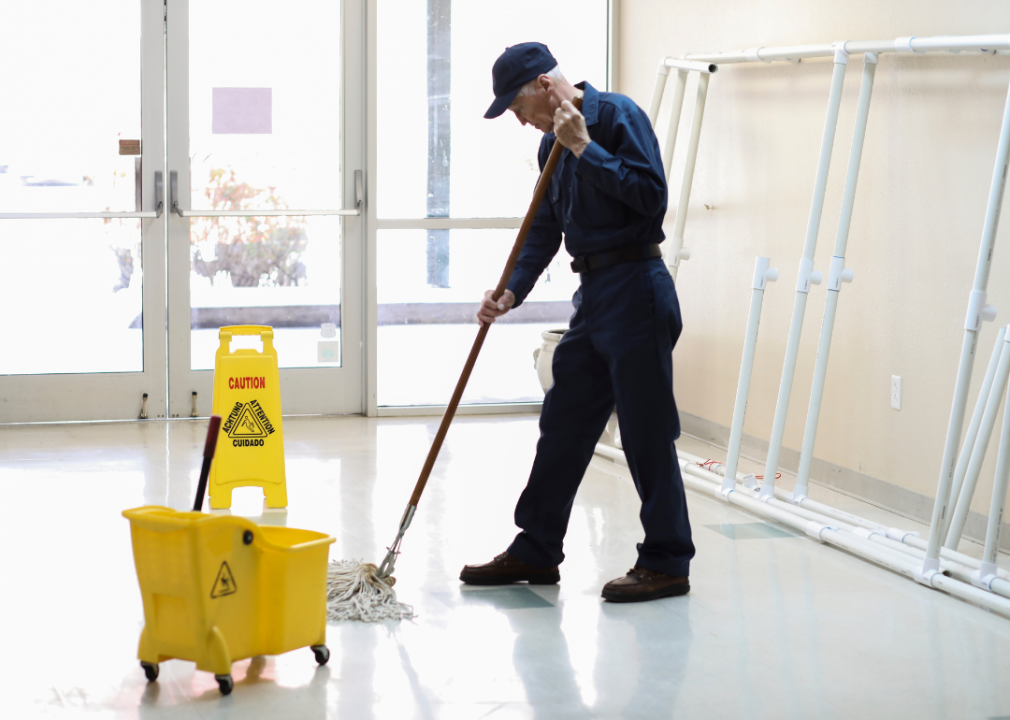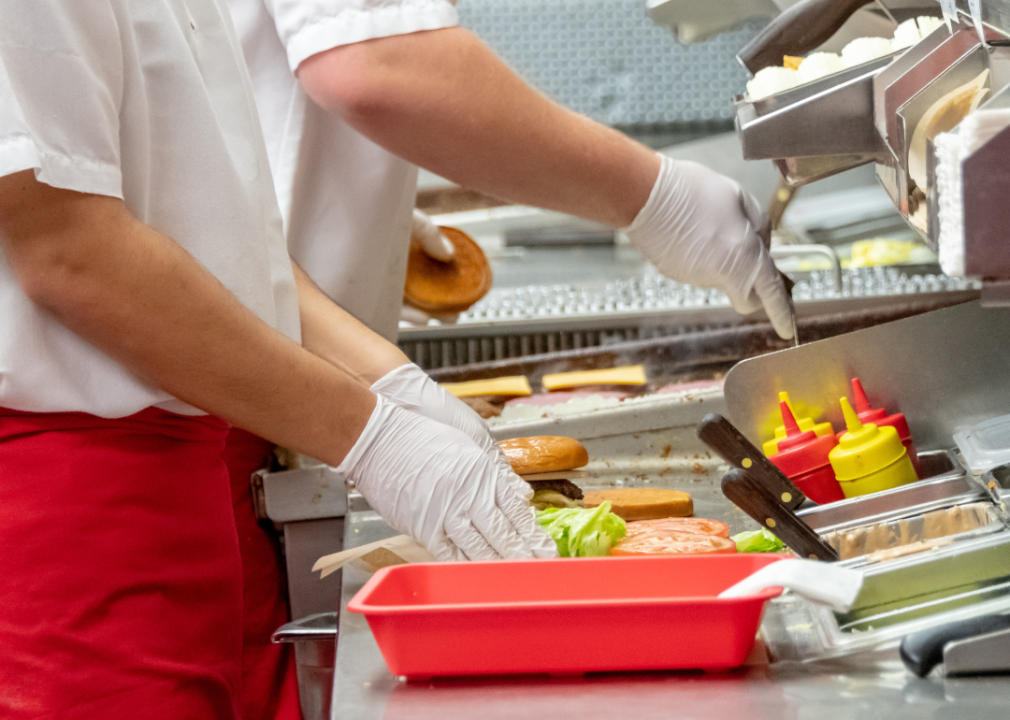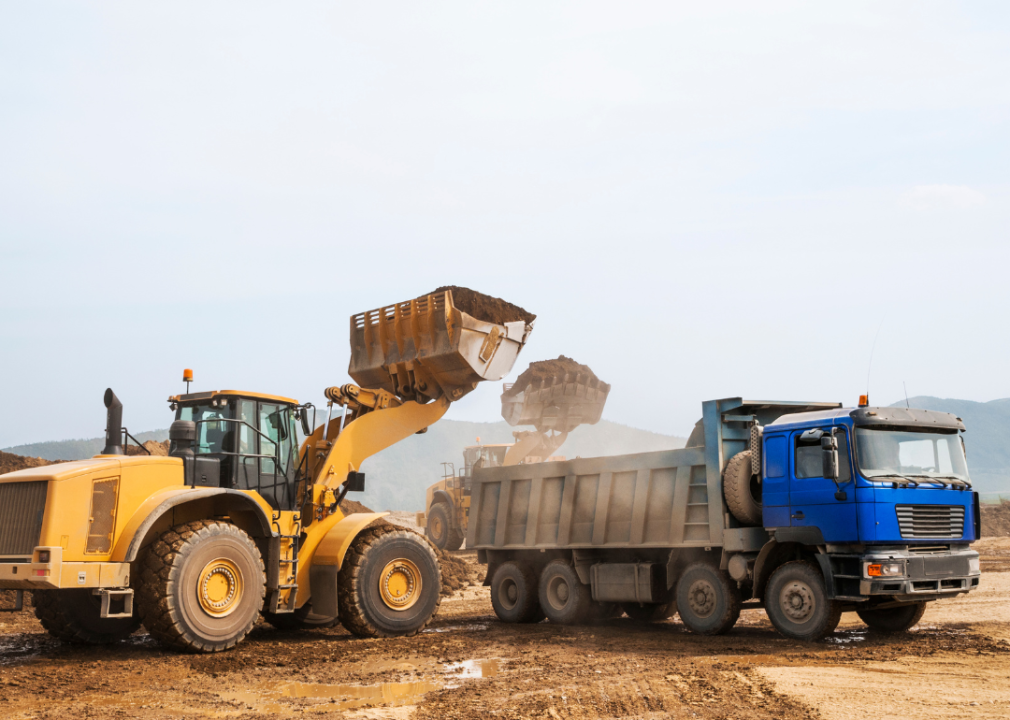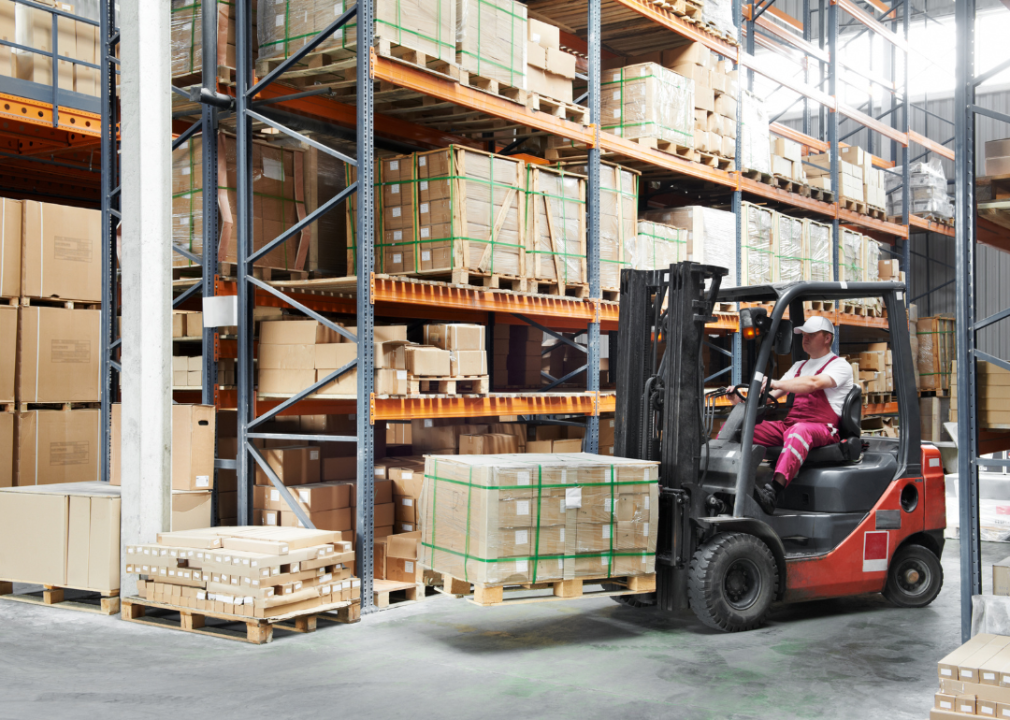How 10 AI-impacted jobs are projected to grow

The rise of artificial intelligence has inspired widespread fears that intelligent machines might displace human work. A 2021 report from the National Bureau of Economic Research found automation was responsible for 50-70% of the decline in U.S. wages since 1980.
A 2022 Bureau of Labor Statistics report identified 10 occupations facing a high risk of automation—yet BLS data additionally shows approximately 447,000 new jobs will be created by 2032 in those same 10 occupations.
Revelo used BLS data to identify projected growth in each of these 10 occupations, compiling the updated employment projections for those jobs.
Occupations are ranked by their projected growth from 2022 to 2032 in order of lowest to highest. The BLS finalized these estimates in spring 2023, when new AI tools like ChatGPT were still new, and their impact was uncertain. New estimates covering 2023 to 2033, however, will come out in August 2024 with updated considerations for AI's potential effects on the job market.
The BLS projects the jobs featured on this list to grow more than total U.S. employment over the next decade—at around 3% compared to 2.8% for all jobs—after which time they're expected to constitute the same share of overall employment in the economy, around 9%.
According to the International Monetary Fund, the rise of AI is predicted to impact 40% of jobs in the future, potentially increasing inequality. Goldman Sachs research shows AI could contribute to a 7% increase in global gross domestic product and boost productivity growth by 1.5 percentage points over a decade. Nonetheless, the research suggests, the growth in GDP will come at the risk of 300 million jobs being automated away.
However, AI is poised to complement—not replace—roles for the following jobs. Keep reading to see how 10 AI-impacted jobs are expected to grow.


#10. Maids and housekeeping cleaners
- Projected new jobs by 2032: 1,600 (+0.1% from 2022)
- Total projected jobs in 2032: 1.2 million
AI can automate maids' and housekeepers' repetitive, predictive tasks without automating the human workers away. Examples of complementary AI functions range from optimizing cleaning schedules or predicting when appliances and furniture need maintenance.
Without actual robotics, customer-facing aspects of the job—such as greeting customers or providing personalized human care—cannot be automated.

#9. Surgeons, except ophthalmologists
- Projected new jobs by 2032: 200 (+0.8% from 2022)
- Total projected jobs in 2032: 26,800
Surgeons can benefit from AI by receiving personalized feedback on surgeries, leveraging realistic simulations to practice skills, and receiving real-time assistance and guidance during surgeries.
AI can also help surgeons obtain accurate, machine-assisted diagnoses of patient problems and receive personalized evaluations of the risks a patient would face if the surgeon proceeds with a chosen procedure. At present, AI is set to augment much of a surgeon's work without replacing them entirely. Accountability and attribution should AI-assisted surgeries go wrong are significant challenges for automation.

#8. Janitors and cleaners
- Projected new jobs by 2032: 29,900 (+1.3% from 2022)
- Total projected jobs in 2032: 2.4 million
AI-powered vacuum cleaners can help clean tough spots and inaccessible corners, while AI-powered predictive analysis can give janitors and cleaners customized cleaning schedules based on foot traffic and predict when items need to be restocked or sent to maintenance. But while these tasks can improve the work of janitors and cleaners, AI cannot entirely replace the people doing the actual work.
A significant barrier to AI adoption in this sector is the price of AI-powered cleaning technology, which can be expensive for small businesses. Furthermore, cleaning and janitorial work requires interpersonal interactions AI can't seamlessly replicate.

#7. Fast food and counter workers
- Projected new jobs by 2032: 50,400 (+1.5% from 2022)
- Total projected jobs in 2032: 3.5 million
Similar to housekeeping and janitorial work, AI's failure at this point to convincingly replicate interpersonal interactions makes complete automation detrimental for industries relying on customer service and human interaction.
AI is therefore likely to play a complementary role in fast-food and counter worker occupations focused on customer service while the technology takes orders and assists with prep.

#6. Landscaping and groundskeeping workers
- Projected new jobs by 2032: 41,700 (+3.5% from 2022)
- Total projected jobs in 2032: 1.2 million
Landscape and groundskeeping workers are more likely to have their work augmented than replaced by AI, largely due to the interpersonal nature of the occupation and the creative decision-making it requires.
AI can assist landscapers and groundskeepers by recommending water schedules based on weather and plant data, identifying pest or disease outbreaks, and finding optimal lawn mowing and hedge-trimming routes.

#5. Industrial truck and tractor operators
- Projected new jobs by 2032: 29,900 (+3.7% from 2022)
- Total projected jobs in 2032: 826,500
With strong restrictions on self-driving systems and stringent safety regulations for operating heavy equipment, AI is unlikely to entirely automate industrial truck and tractor operations in the near term.
These workers will, however, reap the benefits of AI offering operators recommendations on the best routes for transporting material, monitoring equipment sensors to predict malfunctions, and offering operators real-time guidance.

#4. Heavy and tractor-trailer truck drivers
- Projected new jobs by 2032: 89,300 (+4.1% from 2022)
- Total projected jobs in 2032: 2.3 million
As with industrial truck and tractor operators, regulations on self-driving vehicles are likely to make AI automation play a complementary role for workers instead of replacing them. AI can augment the work of drivers by providing recommendations on routes based on analysis of weather, safety, and traffic conditions. AI can also offer drivers assistance with maintenance and assess the probability of breakdowns and vehicle malfunction.

#3. Interpreters and translators
- Projected new jobs by 2032: 3,000 (+4.3% from 2022)
- Total projected jobs in 2032: 71,700
Language has several nuances—slang, sarcasm, cultural references, facial expression, intonation—all of which AI struggles to recognize. Thus, it cannot fully automate a translator or interpreter's job at this time.
Nonetheless, AI can augment tasks done by interpreters and translators by translating large volumes of text and conversations, freeing up space for humans to perform more complex interpretation and translation work that requires human judgment.

#2. Laborers and freight, stock, material moving
- Projected new jobs by 2032: 158,800 (+5.3% from 2022)
- Total projected jobs in 2032: 3.1 million
Handling heavy objects and moving them often requires physical dexterity and adaptability, which means further development in AI-based, autonomous systems is needed. Furthermore, should the costs of operating such an autonomous system exceed the cost of wages to human workers, it is more likely that employers would choose humans with AI to augment their work.
AI systems can augment the work of laborers and freight movers by offering personalized safety warnings, tips, and advice on the best routes and ways to organize the objects.

#1. Personal financial advisors
- Projected new jobs by 2032: 42,000 (+12.8% from 2022)
- Total projected jobs in 2032: 369,600
While AI can help with the quantitative aspects of financial planning, it cannot entirely replace humans in dealing with the qualitative aspects of financial planning, which requires interpersonal communication, as every client brings their own values, beliefs, and risks.
AI is likely to augment the work of financial advisors instead of replacing them by taking care of simple advisory work, allowing the advisor to focus on more complex problems.
Data reporting by Paxtyn Merten. Story editing by Nicole Caldwell. Copy editing by Paris Close. Photo selection by Ania Antecka.
This story originally appeared on Revelo and was produced and distributed in partnership with Stacker Studio.
